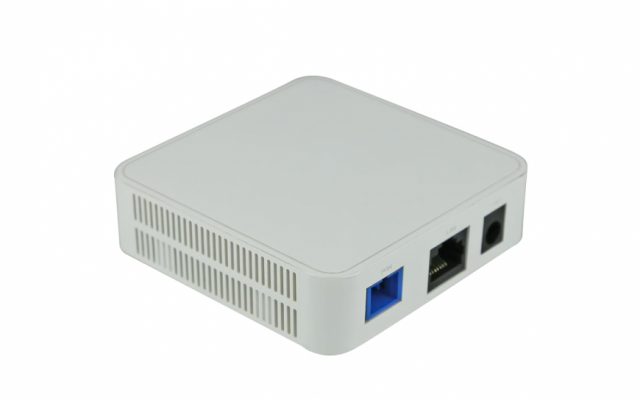Passive optical network or PON is a point-to-multipoint fiber-optic access network where unpowered optical splitters are used to enable a single optical fiber to serve multiple premises, typically 32-128. PON equipment is very promising for telecommunication operators as it provides high bandwidth allocation for broadband services and cost saving due to lesser number of fibers required per subscriber. The market is witnessing high demand for PON solutions to provide high-speed broadband to residential, business and mobile backhaul segments. Growing data traffic fueled by streaming video, online gaming, video conferencing etc. is necessitating network operators to invest in fiber optic infrastructure upgrades.
The global passive optical network equipment market is estimated to be valued at US$ 16.89 Bn in 2025 and is expected to reach US$ 43.61 Bn by 2032, exhibiting a compound annual growth rate (CAGR) of 14.5% from 2025 to 2032.
Key Takeaways
Key players operating in the Passive Optical Network Equipment are Adtran Inc., Calix, Inc., Cisco Systems, Inc., Huawei Technologies Co., Ltd, Mitsubishi Electric Corporation, Motorola Solutions Inc., Nokia Corporation, Verizon Communications Inc., ZTE Corporation, Freescale Semiconductor Inc., Hitachi Ltd., Tellabs, Inc., Broadcom, and NXP.
The Passive Optical Network Equipment Market Demand is driven by rising high-speed internet needs and heavy investments by telecom operators in fiber optic infrastructure upgrades to PON.
Market Key Trends
One of the key trends driving the Passive Optical Network Equipment market is the shift towards virtualization of PON solutions. Several telecom equipment manufacturers are launching virtualized PON solutions that enable flexible centralized management and micro services. Software Defined Networking or SDN capability in PON equipment allows network operators to remotely configure networks, deploy new services quickly and reduce operational costs. PON Technology is evolving with next generation NGPON2 and upcoming NGPON3 standards promising higher speed up to 10Gbps and beyond to cater to the rising bandwidth demand. Standardization of new PON versions will accelerate global deployments and ensure equipment interoperability driving the market growth in coming years.
Porter's Analysis
Threat of new entrants: Entry of new players ismoderate due to high capital requirements for setting up production facilities and R&D.
Bargaining power of buyers: Buyers have high bargaining power due to availability of various vendor options.
Bargaining power of suppliers: Supplier power is low due to availability of component suppliers. Threat of new substitutes:
Threat of new alternatives is low as there are limited substitutes available for fiber optics.
Competitive rivalry: Intense competition exists among the key players to gain higher market share.
Geographical Regions
North America accounts for the largest share of the passive optical network equipment market in terms of value. This is attributed to high investments in fiber optic networks, growing need for high-speed internet, and stringent government regulations.
Asia Pacific region is expected to witness fastest growth over the forecast period. This is owing to rising fiber optic deployments, increasing 4G and 5G investments by telecom operators, and growing demand for high-speed internet across countries such as China, India, Japan and South Korea. _
Get This Report in Japanese Language -パッシブ光ネットワーク機器市場
Get This Report in Korean Language -수동 광 네트워크 장비 시장
About Author:
Vaagisha brings over three years of expertise as a content editor in the market research domain. Originally a creative writer, she discovered her passion for editing, combining her flair for writing with a meticulous eye for detail. Her ability to craft and refine compelling content makes her an invaluable asset in delivering polished and engaging write-ups.
(LinkedIn: https://www.linkedin.com/in/vaagisha-singh-8080b91)






